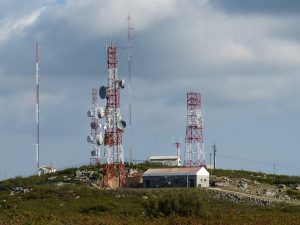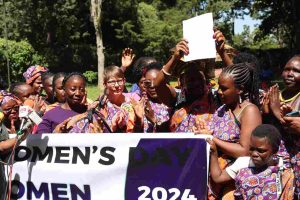Yes Kivuva, that is correct. The coverage in the report is
population-based, but the requirement for election coverage was land-based
because the polling stations are spread across locations. The land -based
coverage stands at 45%. Hope this helps you contextualize the statistics.
Regards,
Rachel
On 2/26/18, 5:23 PM, “lordmwesh@gmail.com on behalf of Mwendwa Kivuva”
<lordmwesh@gmail.com on behalf of Kivuva@transworldafrica.com> wrote:
>This is great feedback Rachel, and avoids misreprepresentation.
>
>I digress a little, but some of these statistics come to haunt CA
>during the August elections when the State declared that we did not
>have coverage for electronic tranmission of elections.
>
> “To support the foregoing, the Authority in May 2016 concluded a
>Study on ICTs Access Gaps which established that population coverage
>in Kenya for 2G and 3G stands at 94.4% and 78% respectively, while the
>land coverage for 2G and 3G is at 45% and 17% respectively for all the
>three Mobile Network Operators i.e Safaricom (K) Limited, Airtel (K)
>Limited and Telkom Kenya Limited.”
>______________________
>Mwendwa Kivuva, Nairobi, Kenya
>twitter.com/lordmwesh
>
>
>
>
>On 26 February 2018 at 15:23, Alwala, Rachel via kictanet
><



